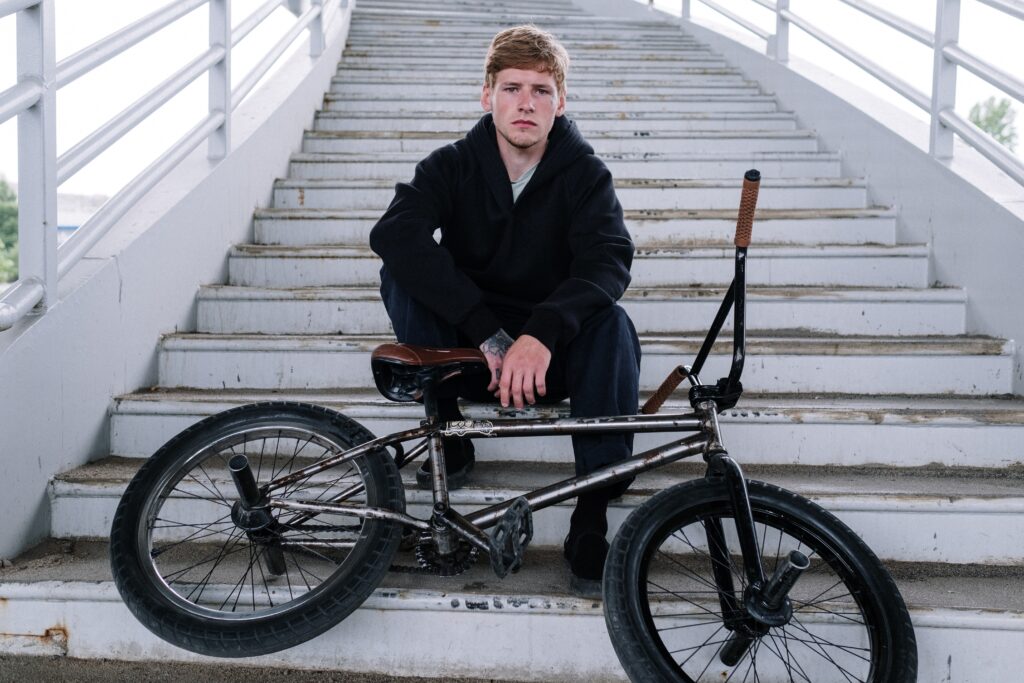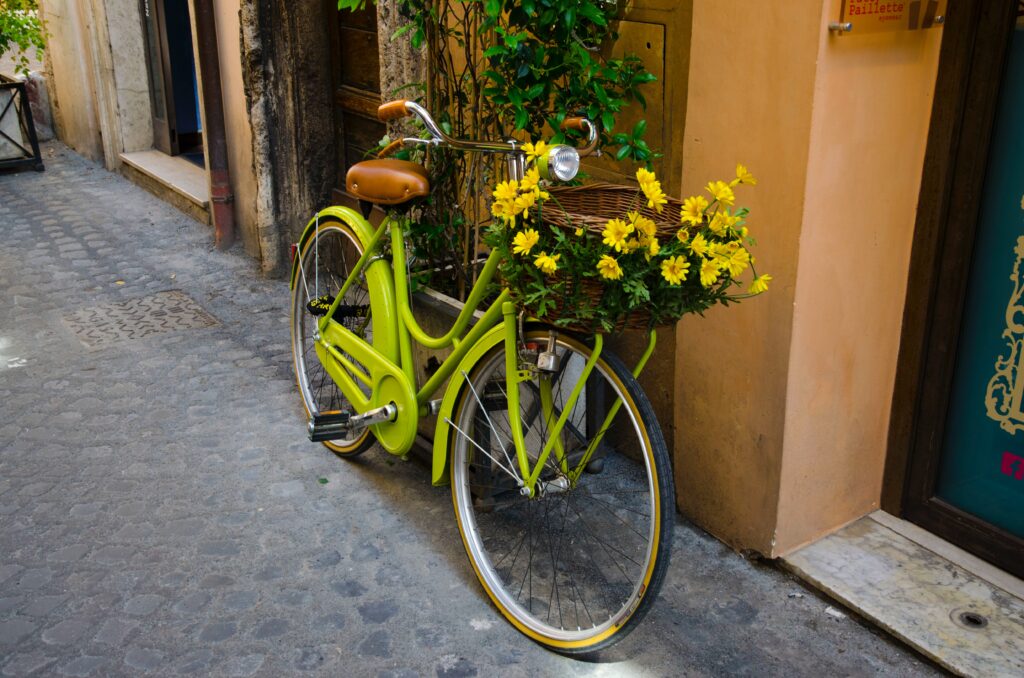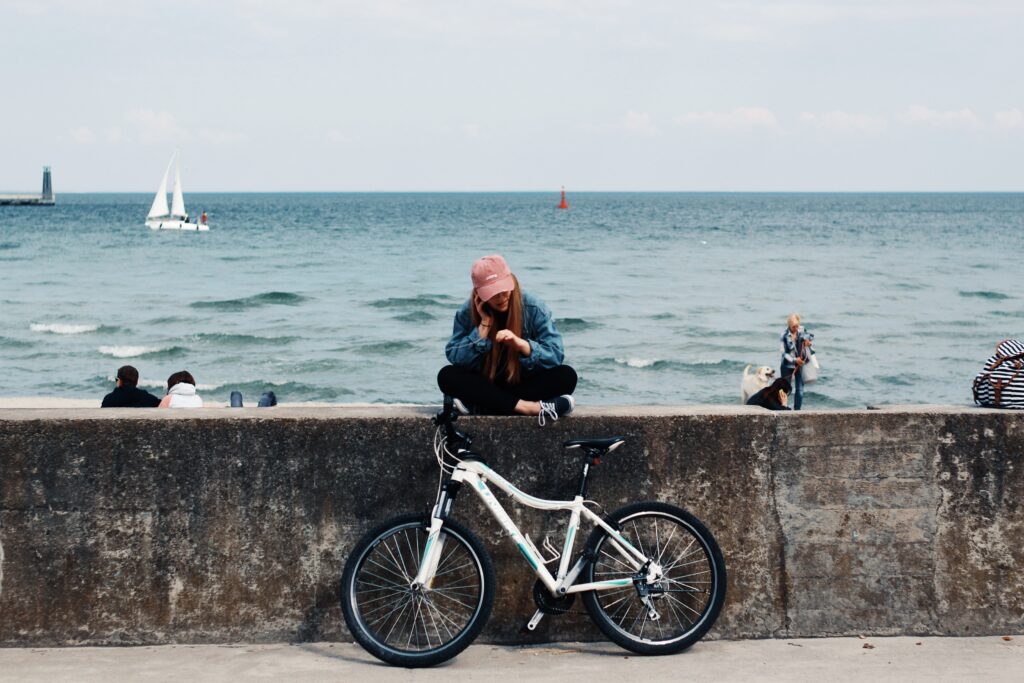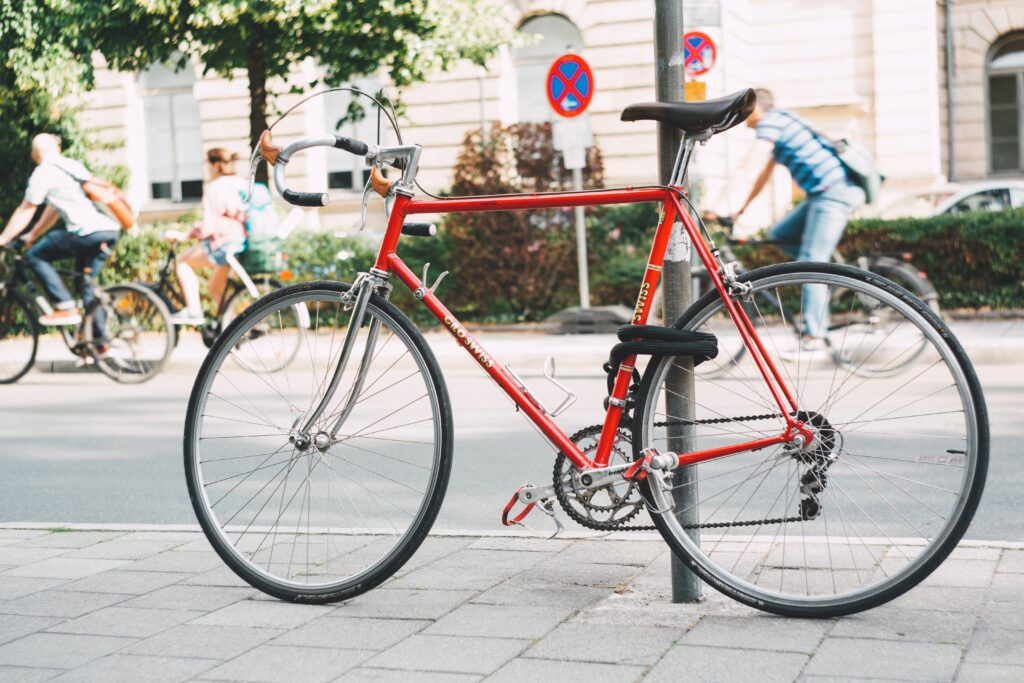I was raised to be an avid cyclist. I’ve been pedaling the same bike since my tenth birthday up until recently. Even though it still got me where I had to be, an upgrade was definitely in order. I learned that choosing the perfect bike is more difficult than I had anticipated as a complete beginner.
I didn’t know what to say when the staff at my neighborhood bike shop asked what I was looking for beyond “a really cool bike.” I told them that all I wanted was something to use for commuting around the neighborhood because I didn’t know where to start. I learned there were choices even then.
Some of you may find it difficult to select the ideal bike when it’s time for an upgrade. But if it’s your first bike, that doesn’t mean you should choose the first one you see. It can be difficult to find professional bikes with a reliable design and extra features. That necessitates precise knowledge and comprehension of the kind of bike you want to ride.
Your ideal match can only be found once you are clear on what you plan to use your new bike for. You might need a bike for day rides around town, commuting, touring, or training. Some people need more robust bikes to handle challenging terrain and all of its bumps, dirt, roots, and grass. So here’s how to find your ideal ride, from frame size to added features.
1. Choose which kind of ride you will perform

The first step in picking the right bike is deciding what kind of riding you want to do because every bike is perfectly made for a particular style of cycling. Do you want to ride with a group on the highway? Maybe you’re looking for a bicycle to use for transportation. Do you want to ride the trails at the nearest mountain bike park? Want to run around the park and get in shape? Just want to visit the neighborhood cafe in style? Or are you just looking for a bike for your children to ride? Making an evaluation of your goals will point you in the right direction right away.
2. Where to purchase

Knowing what kind of cycling you want to do will be a key factor in limiting your options for purchases. An expert bike shop is probably your best bet if you plan to cycle frequently. There are some online merchants who specialize in high-quality bicycles as well, but getting the right size and having it set up properly will require you to have some basic knowledge.
There are many options for a cheap bicycle if your budget is a little more constrained. In addition to buying used, you might find a good deal at general sporting goods stores. Hundreds of high-quality used bikes are advertised on BikeExchange, if you’re not sure where to start.
3. Decide on a price point

Determine the amount of money you want to invest in your bike before buying it. Professional road and mountain bikes typically cost more than $1,000, with many going for much more. Although more affordable options may start as low as $200, it’s important to remember that you do get what you pay for. By using BikeExchange, you can get a clear idea of the kinds of bikes that fall within your budget. Budget for any additional parts and accessories you might require.
4. Assessing

Finding the right bike size is essential to enjoying and feeling confident while cycling. There should be no guesswork because a lot of bike types are available in five or more sizes. A bike that is the wrong size can be unsafe and make riding awkward or uncomfortable.
Finding the right size bike frequently necessitates experience due to a variety of factors, such as height, inseam length, riding experience, and flexibility. This is something that they will assist you with if you purchase from your neighborhood bike shop. Once the proper bike size has been determined, make sure it is fitted and adjusted for you. Saddle height is usually adjusted, but the handlebars may also need to be adjusted.
5. Accessories and components

When you’ve found the bike that’s best for you, it’s time to think about parts and/or accessories. A bike is frequently sold with nothing more than the parts needed to ride it. You are free to choose what accessories you want to add to the bike. Water bottle cages (holders), lights, a pump, a lock, a cycle computer, and different saddles or pedals are a few common additions. A helmet is legally required in Australia, and other gear like gloves or padded bike shorts can make cycling much more enjoyable.
Bikes can be pricey, that much is obvious. However, depending on what you purchase, those costs can range considerably, from a hundred dollars to several thousand. To get a sense of various styles, you might also want to test-ride several bikes. There are many options available, and if you’re not a bike enthusiast, the process can be challenging. These are just the fundamentals, but they should get you started and enable you to select the ideal bike for your requirements and comfort.

